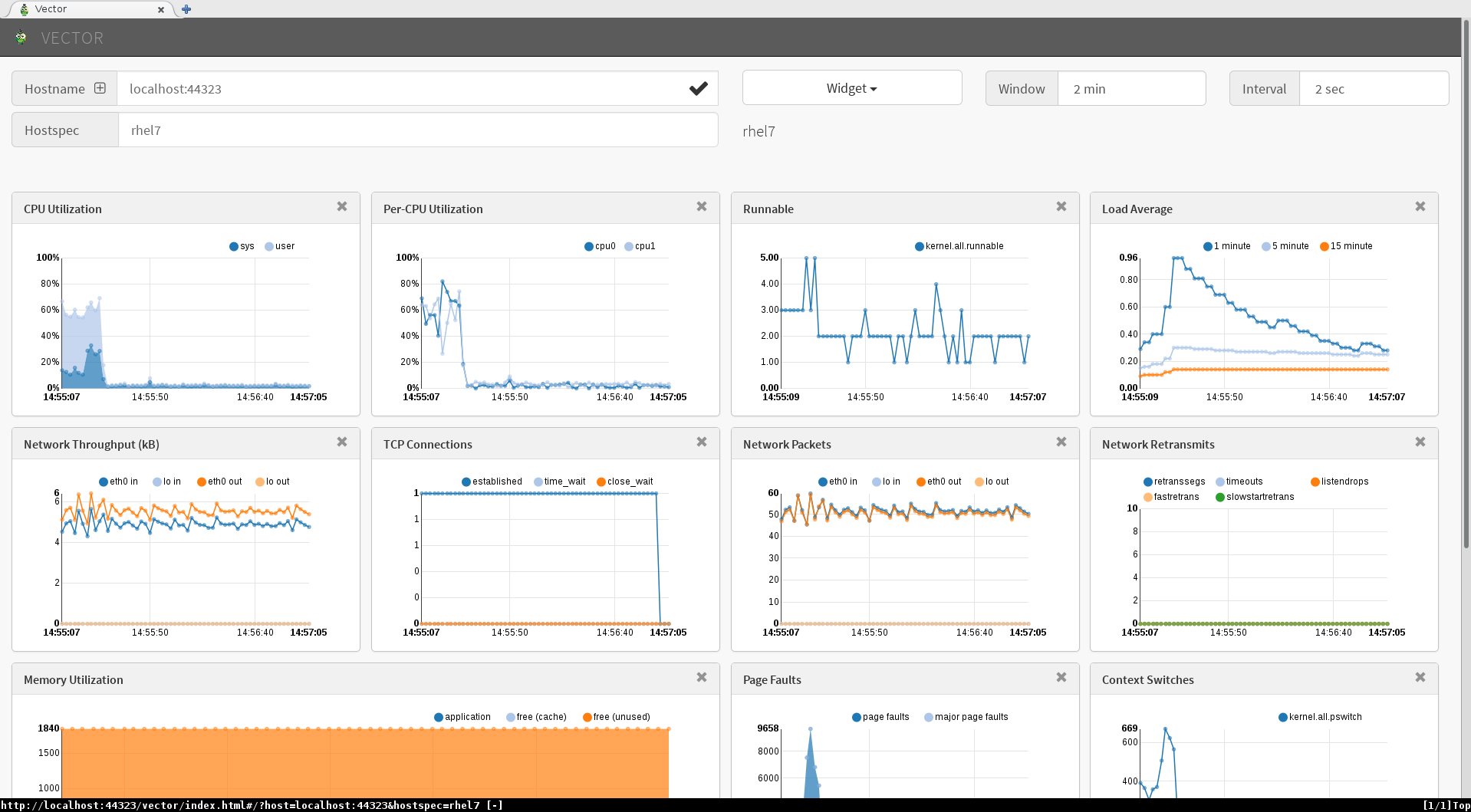Building a Storj Node on CentOS
Be the decentralized cloud. Contribute your own storage node. https://www.storj.io/node
Storj is an S3-compatible platform and suite of decentralized applications that allows you to store data in a secure and decentralized manner. The more bandwidth and the more storage your make available, the more you get paid.
The Linux install uses a Docker Container. I and others appear to fail to simply replace Docker with Podman. For my first successful attempt I went with CentOS with a view to move to Podman and finally RHEL 8 Podman. This guide documents my first successful attempt and uses CentOS with Docker.
References:
- Host a node: https://docs.storj.io/node/
- ERC-20 compatible wallet: https://app.mycrypto.com/download-desktop-app
- Migrate to a new host: https://docs.storj.io/node/resources/faq/migrate-my-node
Requirements
https://docs.storj.io/node/before-you-begin/prerequisites
- Storage:
- / 8GB
- /home 552GB (500GB + 10% overhead) {Storej} + user files
- CPU: 1
- RAM: 2GB
- OS: CentOS 8 Server - minimal install
Procedure
I am going to recommend a different order for setup to make it more streamline / linear in process. Skip creating an “Identity” until after Docker is installed and the unprivileged user (eg. storj) has been created.
Setup all the Things Outside the Storj Node
Get setup with an identity at STORJ: https://www.storj.io/host-a-node
The fourth step is installing the “CLI”. It will help you cover off the prerequisites. Reminder that depending on your firewall you might need to define both:
- NAT / Port Forward and
- Firewall rule to allow the port forward, doh!
Docker Installation
Pick you Linux Distro https://docs.storj.io/node/setup/cli/docker
Or go straight to the Docker CentOS instrucitons: https://docs.docker.com/engine/install/centos/
yum update
reboot
yum remove docker docker-client docker-client-latest docker-common docker-latest docker-latest-logrotate docker-logrotate docker-engine
yum install -y yum-utils
yum-config-manager --add-repo https://download.docker.com/linux/centos/docker-ce.repo
yum install docker-ce docker-ce-cli containerd.io
systemctl start docker
docker run hello-world
groupadd docker
systemctl enable docker.service
systemctl enable containerd.service
cat >> /etc/docker/daemon.json <EOT
{
"log-driver": "local",
"log-opts": {
"max-size": "10m"
}
}
EOT
firewall-cmd --add-port 28967/udp --add-port 28967/tcp
firewall-cmd --add-port 28967/udp --add-port 28967/tcp --permanent
sysctl -w net.core.rmem_max=2500000
echo "net.core.rmem_max=2500000" >> /etc/sysctl.conf
Create an Unprivilleged Account for the Node Software
useradd -m -G docker storj
su - storj
# Check Docker works.
docker run hello-world
Create a Storj Identity
https://docs.storj.io/node/dependencies/identity
Install Storj Node Software
docker pull storjlabs/storagenode:latest
mkdir /home/storj/storj_node_disk
docker run --rm -e SETUP="true" \
--mount type=bind,source="/home/storj/.local/share/storj/identity/storagenode",destination=/app/identity \
--mount type=bind,source="/home/storj/storj_node_disk",destination=/app/config \
--name storagenode storjlabs/storagenode:latest
First Time Start
docker run -d --restart unless-stopped --stop-timeout 300 \
-p 28967:28967/tcp -p 28967:28967/udp -p 127.0.0.1:14002:14002 \
-e WALLET="0x0000000000000000000000000000000000000000" \
-e EMAIL="your@email.com" \
-e ADDRESS="<Internet_fqdn>:28967" \
-e STORAGE="500GB" \
--mount type=bind,source="/home/storj/.local/share/storj/identity/storagenode",destination=/app/identity \
--mount type=bind,source="/home/storj/storj_node_disk",destination=/app/config \
--name storagenode storjlabs/storagenode:latest
Common Commands
docker logs storagenode
docker stop -t 300 storagenode
docker start storagenode
Dashboards
CLI
docker exec -it storagenode /app/dashboard.sh
Web
The command above that started the Storj software limited the Web UI to localhost. For the paranoid, establish an SSH tunnel that port forwards to 14002 on the storj host. This will probably mean enabling SSH port forwarding and restarting SSH.
ssh -L 127.0.0.1:14002:127.0.0.1:14002 root@<storj_host>
Web browse to http://127.0.0.1:14002/
Written with StackEdit.
